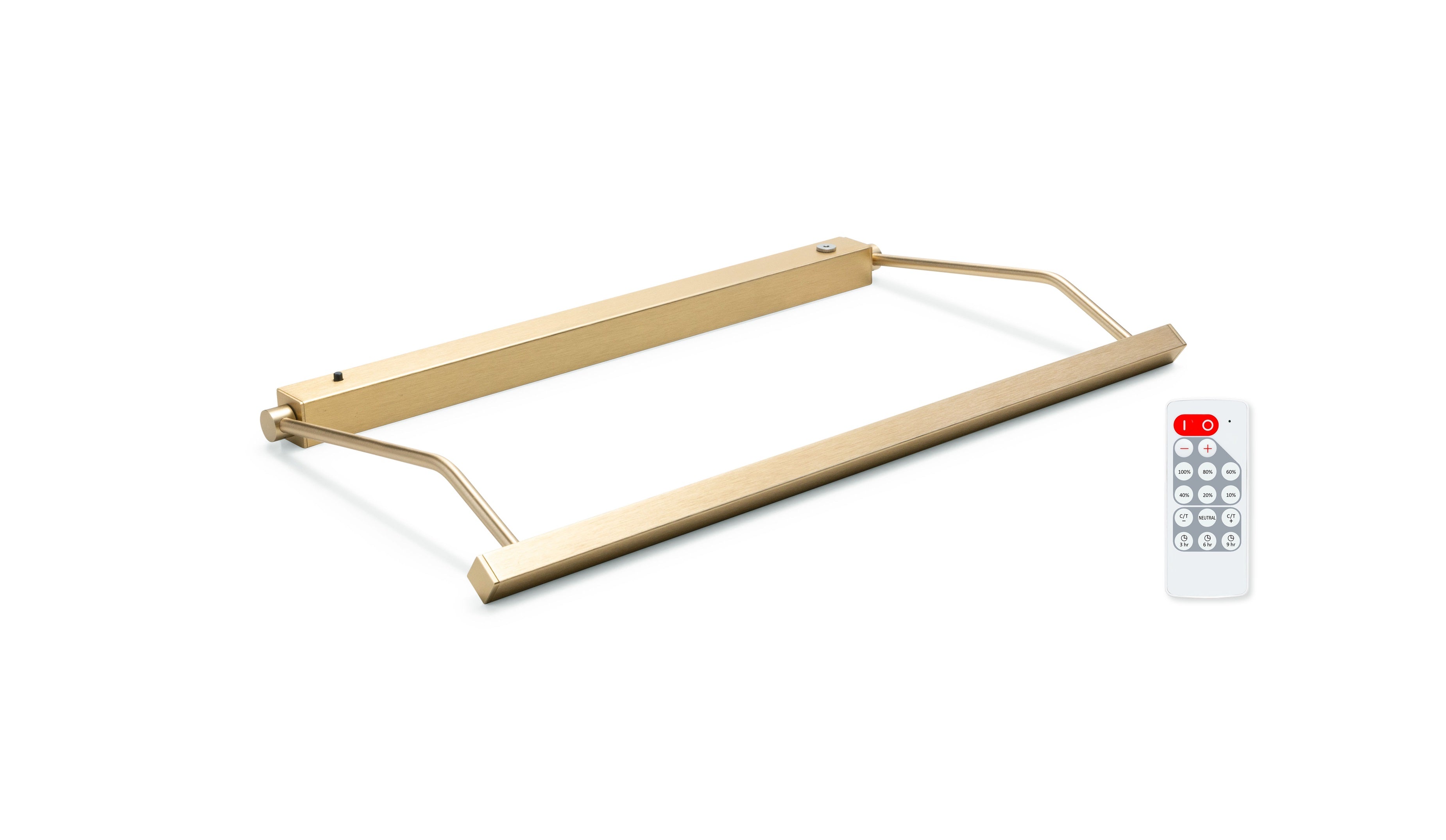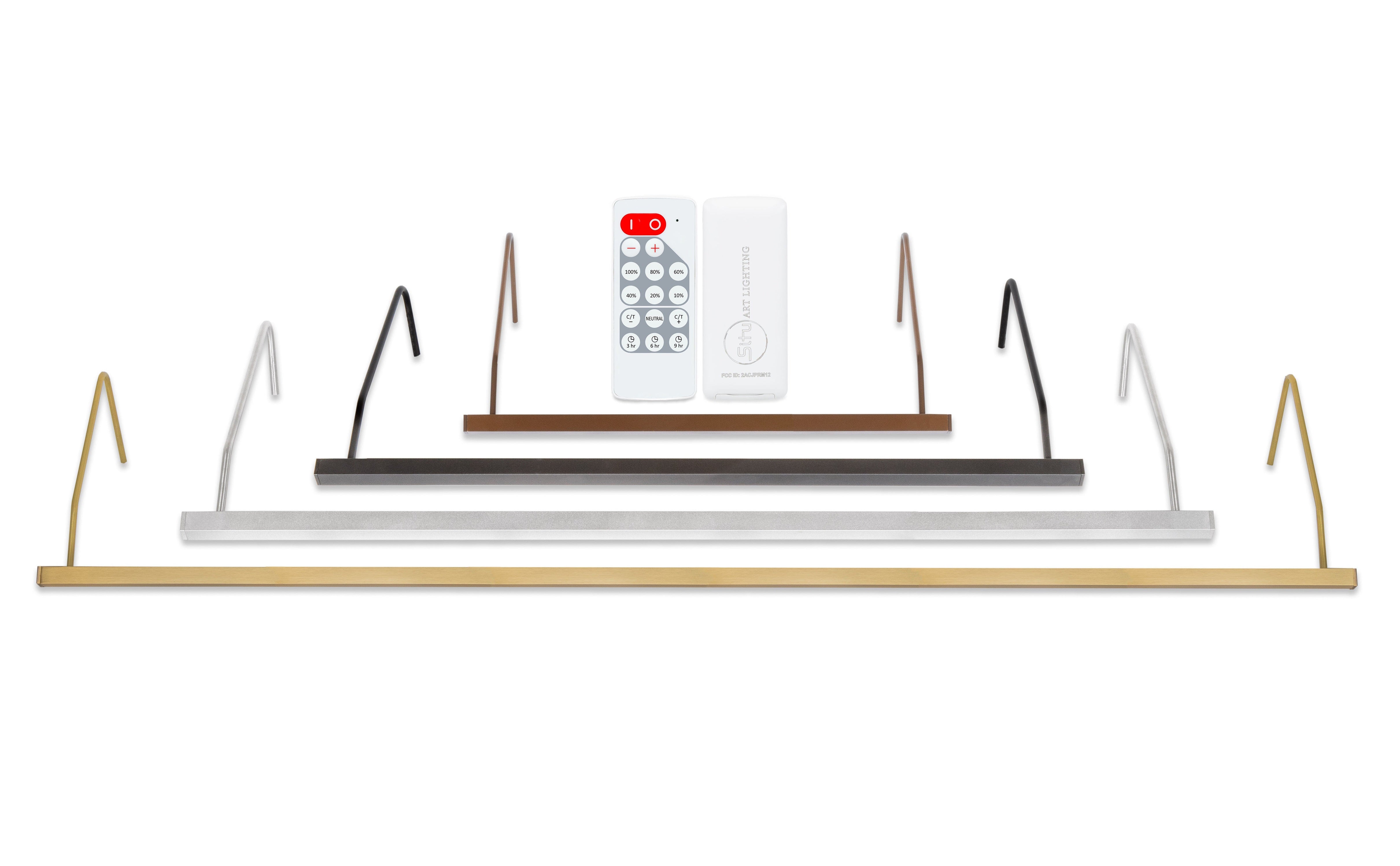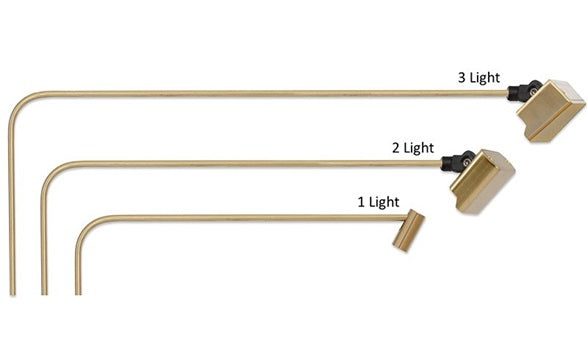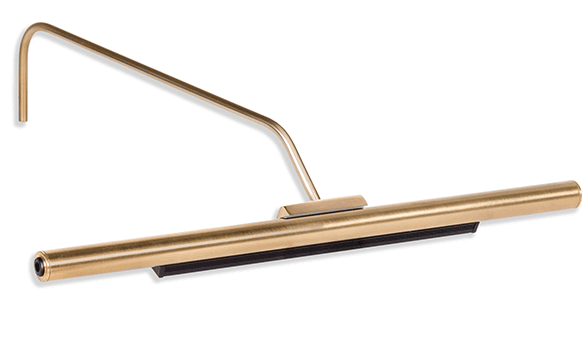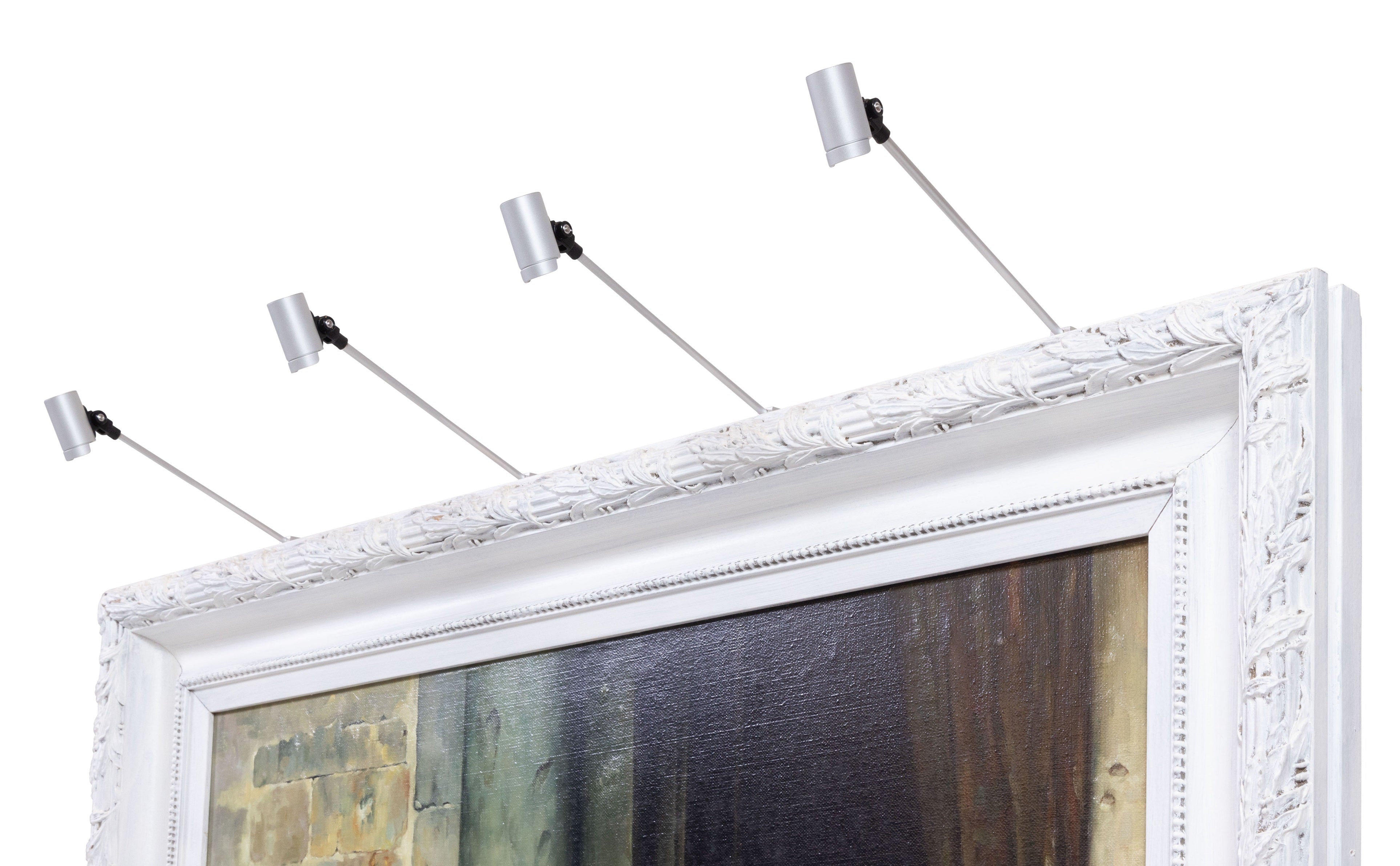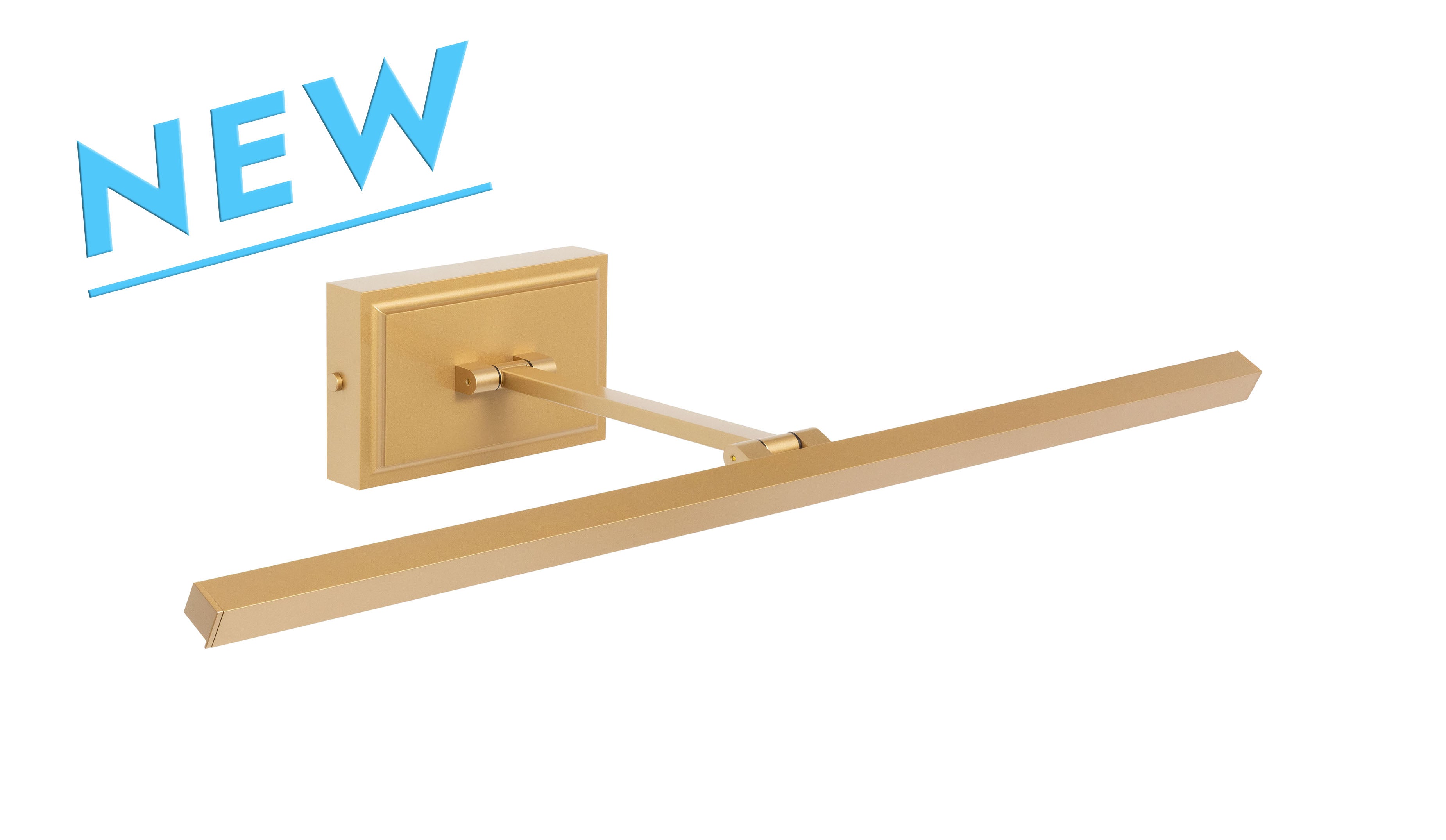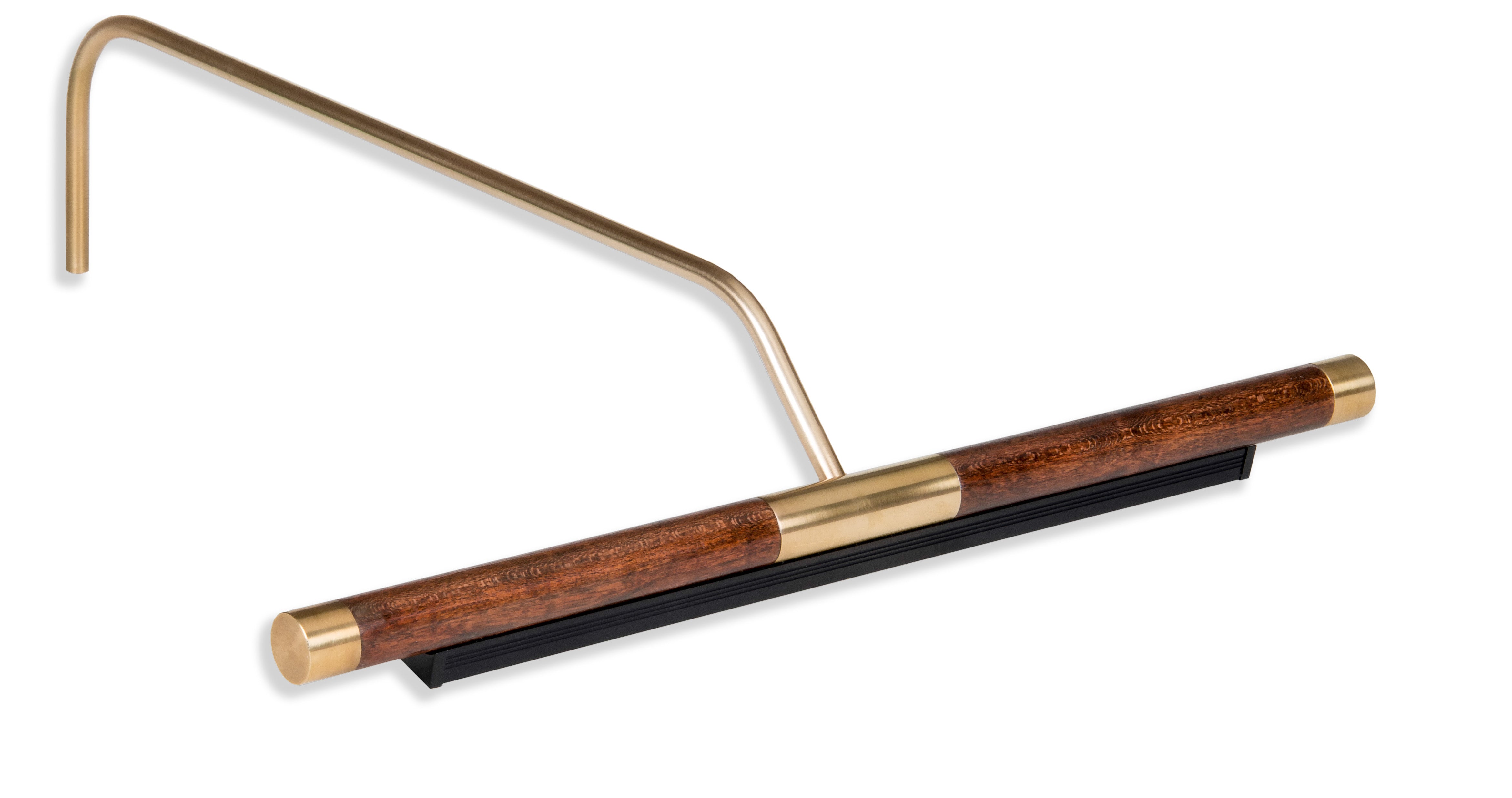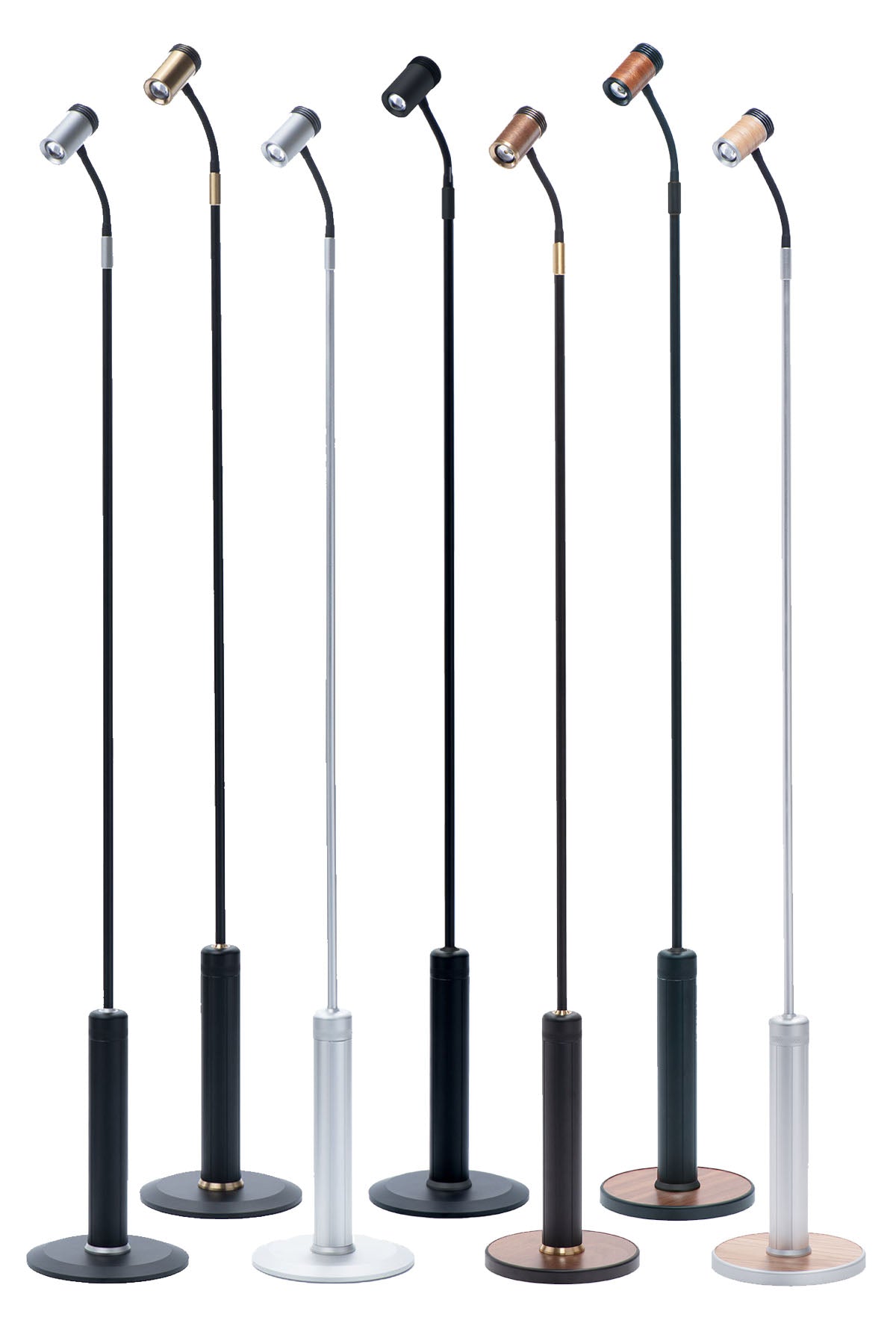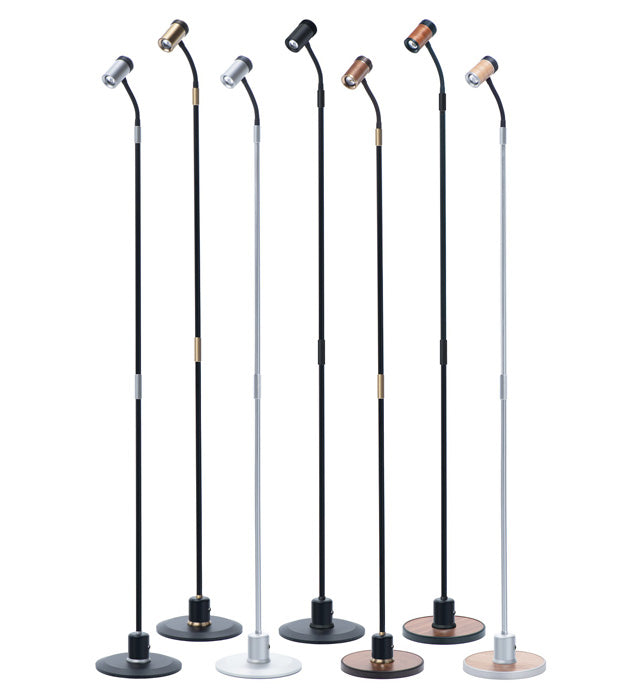Light Emitting Diodes (LEDs) have quickly become the preferred technology for safely and accurately presenting artwork. From infrared and UV safety, cost savings, and energy efficiency, we're going to take a look at some of the reasons LEDS are the best solution for the enjoyment of your artwork.
Why LEDs are Perfect for Art Lighting
-
Safety: 80% less heat, minimal UV, preventing artwork fading.
-
Compact Design: Smaller fixtures keep the focus on the art.
-
High CRI: 93–95+ for vibrant, true colors.
-
Efficient: Directional light reduces energy waste.
-
Long Lifespan: 25x longer than traditional bulbs, saving on replacements.
-
Eco-friendly: Mercury-free, low carbon footprint.
-
Durable: Impact-resistant, performs in extreme temps.
-
Instant On: Full brightness immediately, no warm-up.
-
Low Heat: Minimal infrared radiation protects artwork.
Once you've made an investment in a piece of artwork (painting, picture, tapestry, etc.), you'll want to ensure it is properly displayed. It's not uncommon for us to receive calls from customers disappointed with the presentation of the artwork in their home relative to what they had experienced in the gallery. The difference is all in the lighting and LEDs are the perfect companion to this presentation.
One of the principal benefits of LEDs for lighting artwork is their safety relative to legacy light sources. LEDs transmit 80% less heat than halogen bulbs and offer greater safety from UV rays that can oxidize pigments and cause other forms of damage to delicate works such as silks, tapestries, antique pictures, and of course, paintings.
Pictured below is a painting with pigments beginning to break down and fade from exposure to heat and UV light. Notice the lack of saturation and overly warm shift of the pigments?
Another benefit of using LEDs is the small form factor of the diodes relative to legacy bulbs. This allows us to manufacture smaller fixtures and create a more discreet presentation of your artwork when compared to traditional light sources. This lets your artwork remain the center of attention, not the fixture. Halogen, fluorescent, or incandescent bulbs are much larger and thus require much larger fixtures to accommodate them.
A notable example of the small-scale design possible with LEDs is the 1 Light Rechargeable Micro Series, the smallest art light in the world. The compact design of the fixture allows for coverage on artwork up to 24" wide and 30" tall, while boasting a 1/2" diameter and only weighing 11 oz – including the batteries! The Plug-in Micro Series fixture is similar to the Rechargeable Micro Series light in size but is lighter in weight at only 4 oz, comes with a remote control, and has greater light intensity due to the plug-in power source. Designs like this simply were not possible prior to the prevalence of LEDs.
Another important consideration in the use of LEDs to illuminate artwork is the quality of light offered. The Color Rendition Index is a numerical measure of a light's ability to display all colors as they would under natural sunlight (a maximum of 100). Lower CRI (below 90) lighting provides muted or dull representation of color, most apparent in the orange and red wavelengths of visible light. Put another way, CRI is a measure of a light's ability to display colors accurately and vividly. A high CRI value (90+) will provide for vibrant and crisp colors across the full visible spectrum. Your artwork deserves to be seen as intended. All of our lights feature 93 – 95+ CRI values.
While traditional bulbs emit light in 360˚, LEDs emit their light directionally by design - most often at 120˚ prior to the application of optical systems. This helps further reduce energy consumption as less light is wasted or trapped within reflectors and diffusers. Legacy systems may experience losses of nearly half the generated light from traditional bulbs which pales in comparison to the 90%+ efficiencies of LED optical systems.
The directional nature of LEDs and their small form factor have enabled the development of proprietary optical systems. These optics improve the collection of otherwise wasted light (and electricity), the reshaping of said light, as well as the efficient redistribution depending on the size and shape of your artwork. As an example, tall artwork over 35" requires these systems for full coverage. You'll unfortunately find that very few companies employ these systems, but we are the exception! You will also find that most art lighting companies do not discuss a maximum recommended artwork height to receive proper illumination and this similarity across most manufacturers is why. You can learn more about us, our fixtures, and what sets us apart here: Click here
The expense to light a cherished piece of artwork will also be a consideration when choosing art lighting. LEDs were once more expensive than legacy light sources, but pricing for quality LEDs have dropped significantly since their mainstream adoption. The benefit of lower electrical bills and a lesser need to replace LEDs are the other cost benefits.
The following chart outlines the typical lifespans of various lighting technologies. Typically, the important parts of a light bulb, such as the filament, weaken and fail over time, which eventually causes the bulb to burn out and fail completely. LEDs do not "burn out" like legacy bulbs; instead, the amount of light they produce decreases gradually over time in what is called "lumen depreciation." Their runtimes are instead measured based on their available light output over time. These are evaluated under the various L70 & IES LM-80 standards.
In addition to the lifetime cost savings offered by LEDs, they appeal to environmental concerns beyond their energy efficiency. The manufacture of the diodes creates a negligible carbon footprint in addition to offering no toxic emissions as LEDs are mercury free versus CFLs, incandescent, halogen and fluorescent bulbs.
LEDs are exceptionally energy-efficient, consuming up to 90% less power than traditional lighting sources. This efficiency translates to substantial savings on energy bills, which is particularly advantageous for homes, art galleries, and museums where lighting can be a significant expense. Moreover, LEDs boast an impressive longevity, lasting up to 25 times longer than conventional bulbs. This extended lifespan not only reduces the frequency of replacements but also lowers maintenance costs over time. Perhaps most crucially, LEDs offer a superior quality of light, with high Color Rendering Index (CRI) values typically ranging from 93 to 95 and above. This consistent illumination ensures that artwork appears vibrant and true to its original colors, making LEDs the preferred choice for showcasing the beauty and intricacies of artwork.
LEDs are also an exceptionally durable and reliable form of lighting – they can operate safely in colder temperatures and can withstand more impact and vibration than legacy light bulbs due to the lack of filaments or other fragile parts. We certainly hope your artwork is not exposed to these conditions, but should your light be transported through less than favorable conditions, you'll be much less prone to damage along the way. For this reason, LEDs are often referred to as solid state lighting systems.
While an incandescent bulb operates by heating its filament to a temperature that produces light, an LED emits electromagnetic energy as light when electrified. By turning energy into light instead of heat (as in the case of incandescent bulbs, which turn energy into heat that then produces light), LEDs can operate at a significantly lower temperature than other types of light bulbs. In other words, filament-based bulbs create light as a by product of heat, while LEDs emit nominal heat as a marginal by-product of creating light.
What little heat LEDs do generate is dissipated through our art lights' various heat sinks, which are designed to absorb and disperse heat safely away from the diodes. While the actual fixture or base may feel warm to the touch, LEDs themselves do not emit infrared radiation in their beam, meaning they radiate (transmit) very little heat. This makes them optimal for use in heat-sensitive areas, such as displaying artwork and are less likely to cause fading or other heat damage to paints, dyes, or substrates relative to traditional lighting technologies.
LEDs also have the advantage of instant illumination once turned on. Unlike CFLs, which take a few moments to warm up, LEDs operate at full brightness and consistent color temperature for instant viewing of artwork from the moment you flip the switch.
In conclusion, LEDs undeniably stand as the ultimate solution for art lighting by combining safety, efficiency, environmental responsibility, longevity, and quality into a singular, unparalleled package. They not only illuminate artwork without heat or UV damage, but also excel in highlighting the true vibrancy and colors of artwork, all while being cost-effective and environmentally conscious. LEDs durability and instant illumination further solidify their position as the go-to technology for art presentation in homes, galleries, and museums. As the art world evolves, LEDs continue to light the way, ensuring that every stroke and hue of your cherished artwork is displayed with precision and care, captivating viewers for generations to come.



